Future of brands depends on using technology to create great experiences: Jean Lin
Jean Lin, Global CEO, Isobar, started her digital journey by establishing her own digital agency, wwwins Consulting, in 1999 – which then became Isobar’s first Greater China office in 2004 – after beginning her career with Ogilvy Advertising in Taiwan. Previously Asia Pacific CEO for Isobar, Lin was the driving force behind Isobar’s expansion in the region. Promoted to Global CEO in March 2014, under Lin’s leadership, the agency has been awarded Digital Agency Network of the Year by Campaign Asia Pacific in 2011, 2012, 2014 and 2015. She was Cyber Jury President for the Cannes Lions International Festival of Creativity 2015. Lin was also was one of the key speakers at Goafest 2016.
In conversation with AdGully, Jean Lin sheds light on how brands and agencies can navigate the digital ecosystem, her vision for Isobar and more. Excerpts:
AdGully (AG): What are the key factors that brands and agencies need to keep in mind while factoring digital into the advertising mix?
Jean Lin (JL): It’s really thinking of a people-centric design as your strategic imperative and not just thinking of advertising, because your advertising’s got a history of what it is using as a process of redefining. Therefore, I think that people-centric design will be the key thing. If you start from there, all eclectic challenges will be actually quite interesting and evident.
AG: You had written in an article that “influence is more powerful than advertising”. What kind of challenges does that pose for agencies?
JL: I think it is really our minds that changed. It is that while the enemy is out to create revenue and sales, how can we from the starting point single that as a natural result rather than a selling process, because the key thing is to create an influenced consumer thinking by giving right solutions at every point of their user journey.
AG: You shared some very important issues in your article. Could you touch up on a few more things for our readers?
JL: Take, for example, the Fiat Live Store, it is a new model that intends to sell, but actually the whole design of it is really about how you influence and support the decision process of a car buyer and how this comes not from an advertising perspective but rather from a solutions perspective. When you think of a solution, then you think of not just a one-way broadcast, but how influence would play a role in social connection and also, in a way, it comes from how a client relates to your brand.
AG: Continuing from the same article, you had mentioned about the ways in which digital liberates creative thinkers...
JL: I feel that digital is the key to make that work to intrigues, that your imagination really has no limits. Anything that you can think of, you can deliver today using technology. So, even if you don’t have a car in front of you, in a virtual reality setting you actually can experience the wonderful car and a real driving experience. So, it’s not just a key part of the future riding, but will also continue to give a smooth amount of break in the creative space.
AG: So, what does the future of advertising look like in this digital age/ digital world?
JL: I’d say the future of brands – it’s something I call the ‘brand counter’ – depends on the capability to use technology to bring the points of inspiration and points of transaction closer together by delivering seamless and delightful brand experiences at any point of the user journey. I think that’s the future of brands and that’s the future of advertising as well. In all this, technology is pivotal in making it happen.
AG: As the Global CEO of Isobar, what is your vision for the agency? What is the direction that you seek to give to the agency going forward?
JL: I think, as an agency our mission is to be known around the world as an agency that knows how to use and transform certain brands with the creative use of digital. That’s what we wanted to be. And when we look at actually the current kind of challenges, what we want is to creatively solve all challenges in the digital world. We see two pillars of solutions that are on the top of mind: one is what we call Brand Commerce, which is really the convergence of promotion and space, and how the last mile becomes very important in driving future brand recognition. The other area is Brand Service Design, which is how to use digital technology to help design new product, new service practices that help to disrupt the industry.
AG: What strengths do you think women leaders bring to the table in a digital ecosystem?
JL: I think it’s not just in the digital ecosystem, I think the key thing is the feminine characteristic and I would like to single it this way because I am not saying it is really men or women. You see a lot of characteristics that are more dominant in men, while some are more dominant in women and for a lot of human beings there’s a combination of both elements. I think the female elements of human beings will actually help to have a more collaborative environment in the future in driving the pioneering process in a softer and humane way. Collaboration and consensus are much more important in a world that actually encourages diversity and innovation and that’s a key element. I think a lot of feminine characteristics will help to create that change. It is creating a change in a soft way with soft skills rather than control and command.




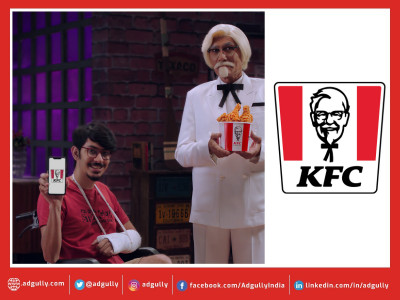

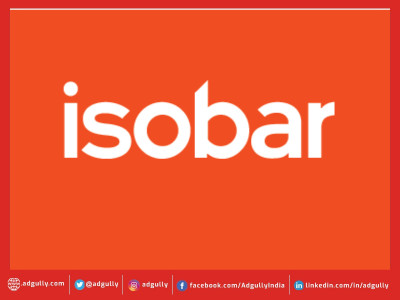
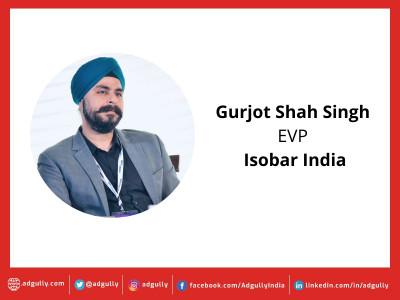
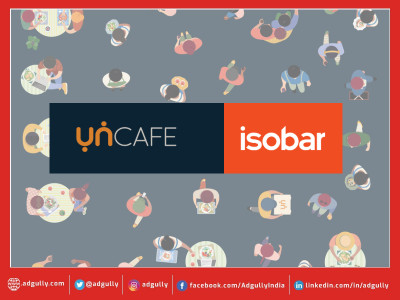

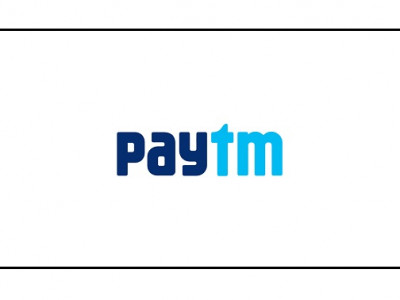
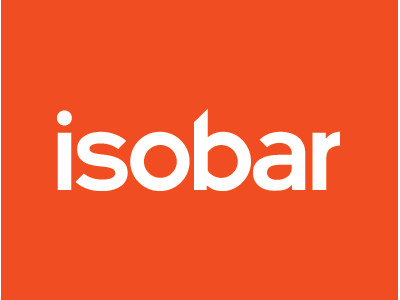
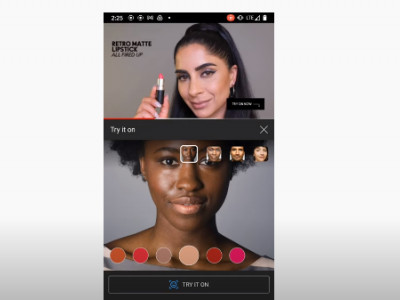

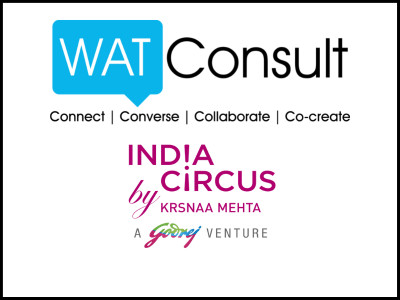

Share
Facebook
YouTube
Tweet
Twitter
LinkedIn